🇬🇧 – 🇮🇹
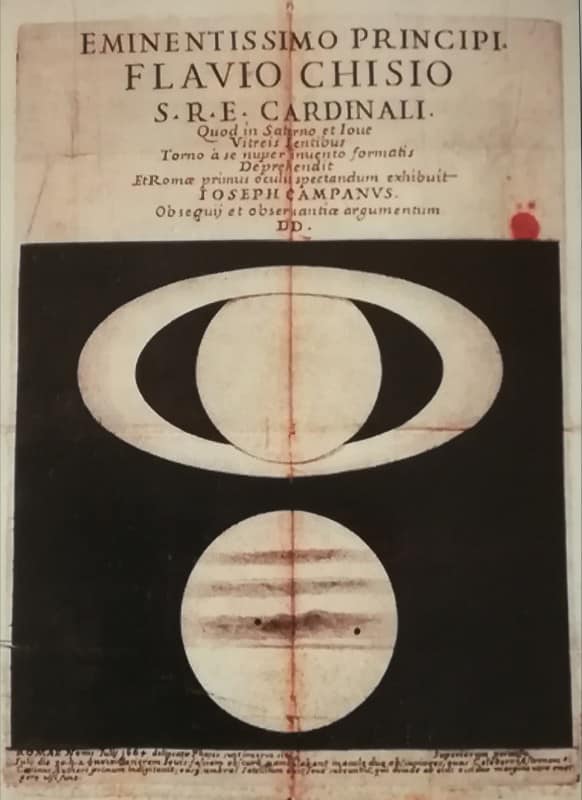
In 1666 the Dutch astronomer Christiaan Huygens wrote to his brother Constantin Huygens about the work of Giuseppe Campani, a very skilled craftsman and scientist, who worked mainly in Rome. Campani was one of the most famous scientific instrument makers of the 17th century and his telescopes were purchased by the most famous European astronomers. His optical glass processing technique was very secret and envied by great scientists such as the Huygens. See image
Nel 1666 l’astronomo olandese Christiaan Huygens scrisse al fratello Constantin Huygens sul lavoro di Giuseppe Campani, abilissimo artigiano e scienziato, che operò prevalentemente a Roma. Campani fu uno dei piú famosi costruttori di strumenti scientifici del XVII secolo ed i suoi telescopi furono acquistati dai piú famosi astronomi europei. La sua tecnica di lavorazione di vetri ottici era segretissima e invidiata da grandi scienziati come appunto gli Huygens. Vedi immagine
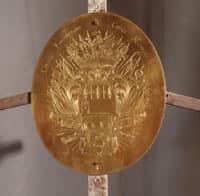
In 1728 the astronomer Francesco Bianchini wrote in a letter to the astronomer Eustachio Mandredi on the Quadrante del Lusverg (see photo), a gift from the Albani family for the Marsili astronomical observatory; performed by Domenico Lusverg (1669-1744) it was made for an observatory that E. Albani intended to install on his palace and which was never built.
Nel 1728 l’astronomo Francesco Bianchini scrisse in una lettera all’astronomo Eustachio Mandredi sul Quadrante del Lusverg (vedi foto), dono degli Albani per la Specola astronomica del Marsili; eseguita da Domenico Lusverg (1669-1744) venne realizzata per un osservatorio che E. Albani intendeva erigere sul suo palazzo e che non fu mai realizzato.
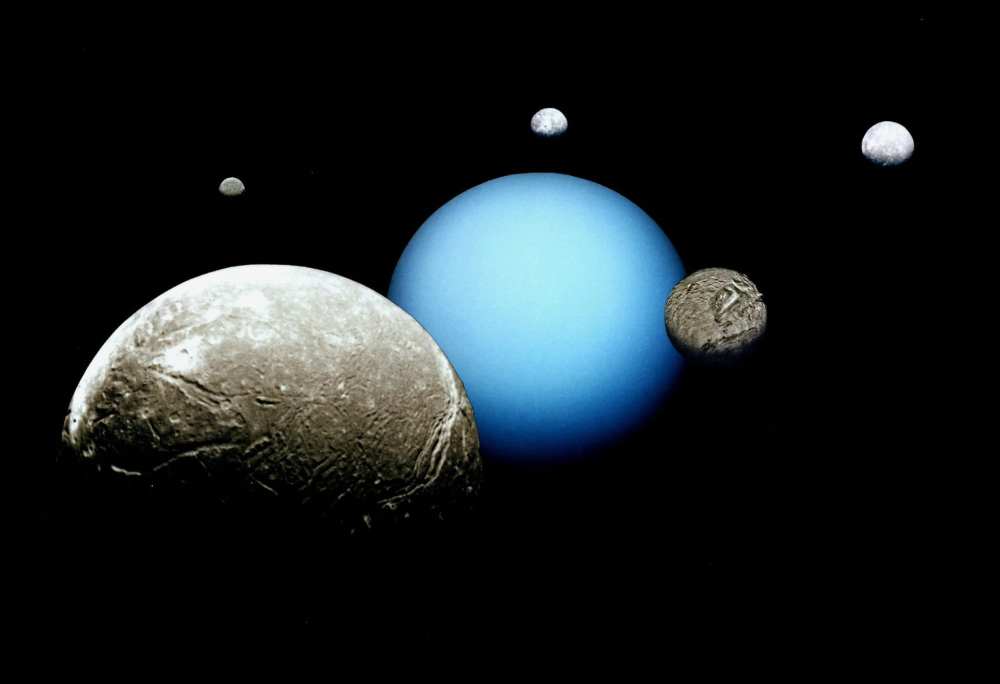
In 1799 the English astronomer William Lassell was born, known for having discovered the satellites ARIEL and UMBRIEL of Uranus and TRITON satellite of Neptune
In 1926 the American astronomer Allan Rex Sandage was born, astronomer of the Monte Palomar Observatory. In 1958 he published the first estimate of the Hubble constant, about 75 km/s per Mpc, which is very close to the value accepted today. He later corrected that value to about 50, corresponding to an age of the universe of about 20 billion years. He made spectral studies of globular clusters, and deduced that they must be at least 25 billion years old. This led him to speculate that the universe was not just expanding, but that it expands and contracts over a period of 80 billion years. He is known for having discovered jets of matter originating in the core of the galaxy M82 caused by highly energetic phenomena within the central region of the galaxy; observations indicate that the production of the jets of matter has been going on for at least 1.5 million years.
Nel 1926 nasce l’astronomo americano Allan Rex Sandage, astronomo dell’Osservatorio di Monte Palomar. Nel 1958 pubblicò la prima stima della costante di Hubble, circa 75 km/s per Mpc, che è molto vicina al valore oggi accettato. Più tardi corresse quel valore portandolo a circa 50, corrispondente ad un’età dell’universo di circa 20 miliardi di anni. Realizzò studi spettrali di ammassi globulari, e dedusse che essi dovevano avere un’età di almeno 25 miliardi di anni. Questo lo condusse a speculare che l’universo non stava solo espandendosi, ma che esso si espande e contrae con un periodo di 80 miliardi di anni. È noto per aver scoperto dei getti di materia originati nel nucleo della galassia M82 causati da fenomeni altamente energetici all’interno della regione centrale della galassia; le osservazioni indicano che la produzione dei getti di materia è in atto da almeno 1,5 milioni di anni.
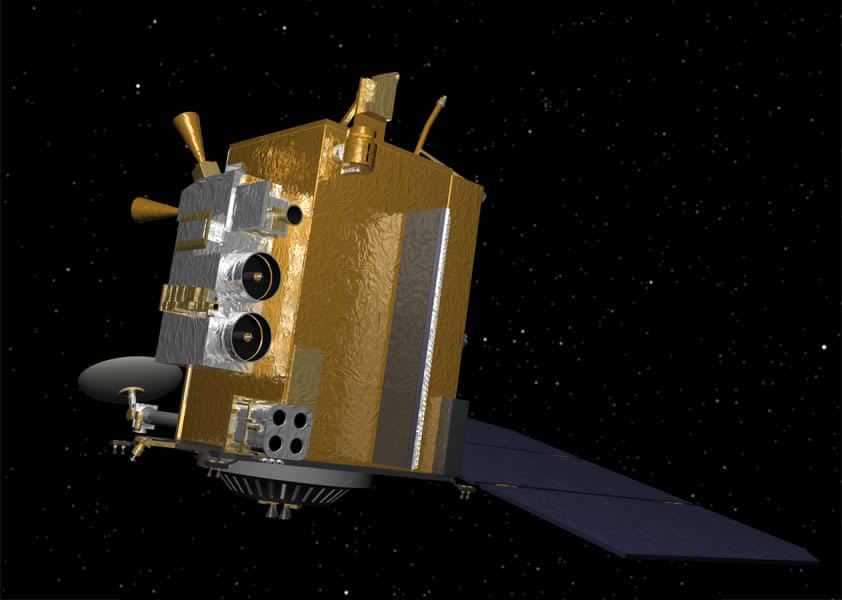
In 1962, the first sounding rocket with an X-ray detector was launched
Nel 1962 lancio del primo razzo sonda con rilevatore raggi X
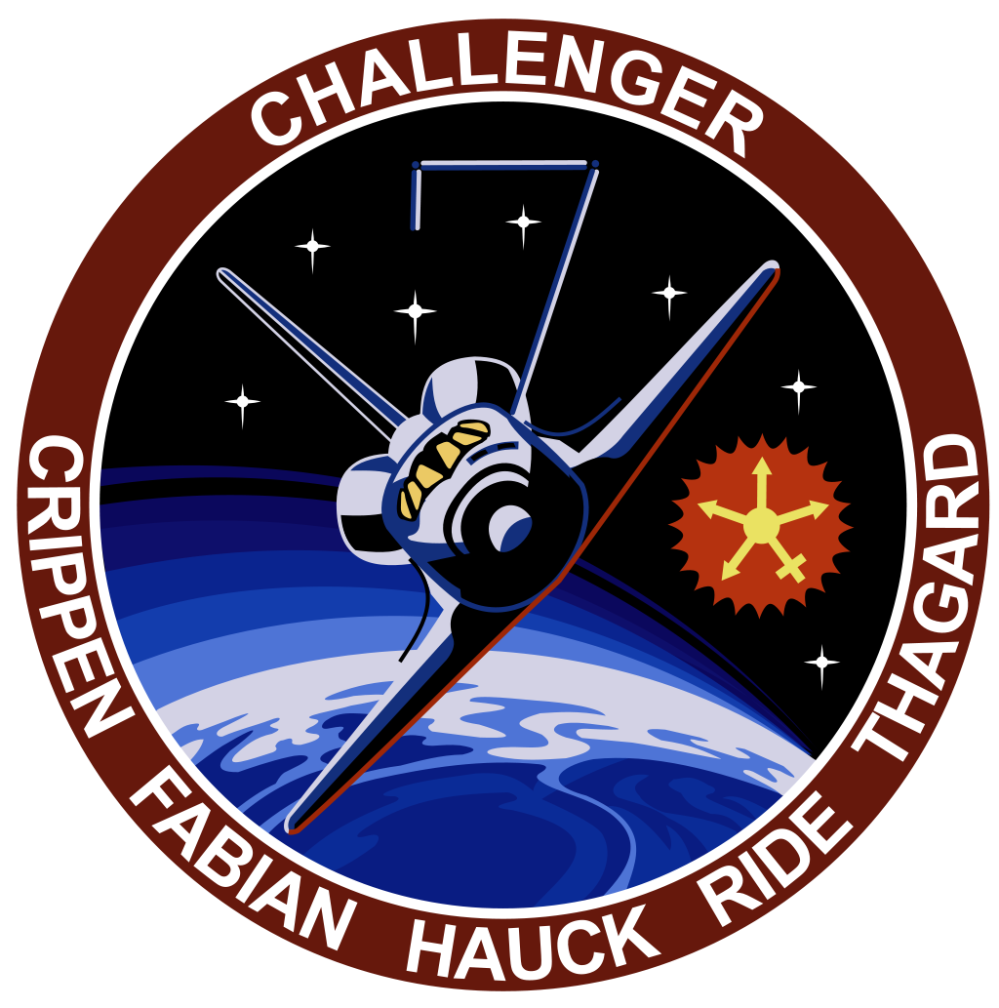
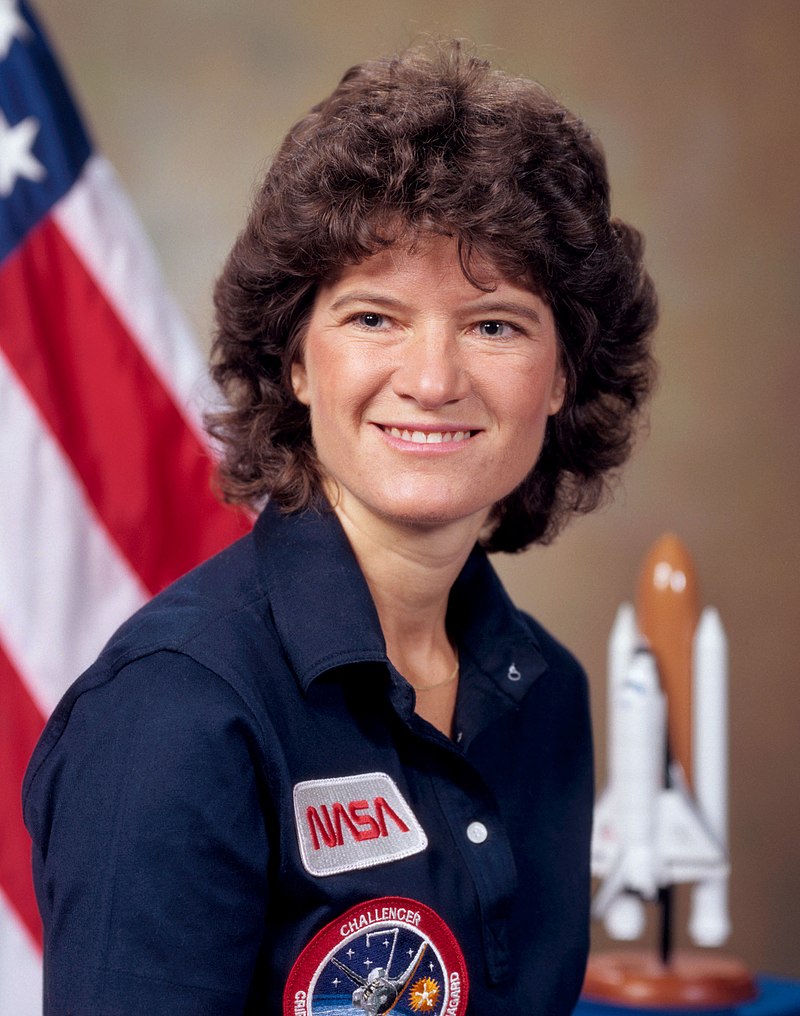
In 1983, launch of the Challenger STS-7 took with Sally Ride, the first American female astronaut, on board. The main goal was the release of two telecommunications satellites. Another objective was some medical tests on man’s adaptation in space.
Nel 1983 avviene il lancio del Challenger STS-7 con a bordo Sally Ride, la prima astronauta americana. Lo scopo principale fu il rilascio di due satelliti per le telecomunicazioni. Un altro obiettivo furono alcuni test medici sull’adattamento dell’uomo nello spazio.

In 2009, launch of an Atlas V rocket with the American space probe Lunar Recoinassance Orbiter (LRO), a 4-year mission, equipped with the LCROSS system suitable for drilling the lunar soil inside a crater. All about the mission and beautiful images directly from NASA: https://www.nasa.gov/mission_pages/LRO/main/index.html
Nel 2009 lancio di un razzo Atlas V con la sonda spaziale americana Lunar Recoinassance Orbiter (LRO), una missione della durata di 4 anni, dotata del sistema LCROSS adatto a perforare il suolo lunare all’interno di un cratere. Tutto sulla missione e splendide immagini direttamente dalla Nasa: https://www.nasa.gov/mission_pages/LRO/main/index.html
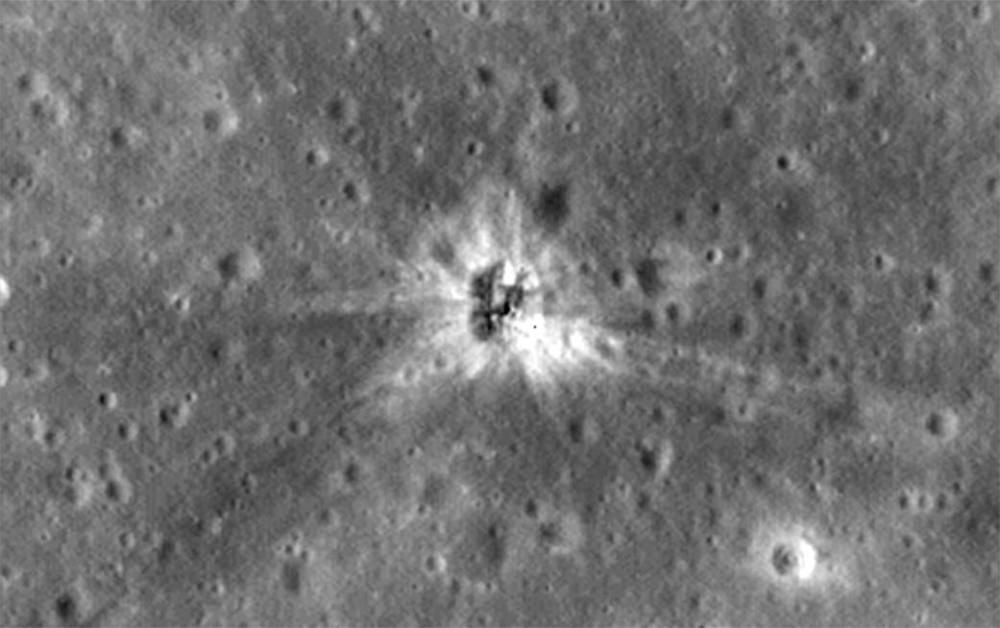
LRO Finds Apollo 16 Booster Rocket Impact Site (NASA)
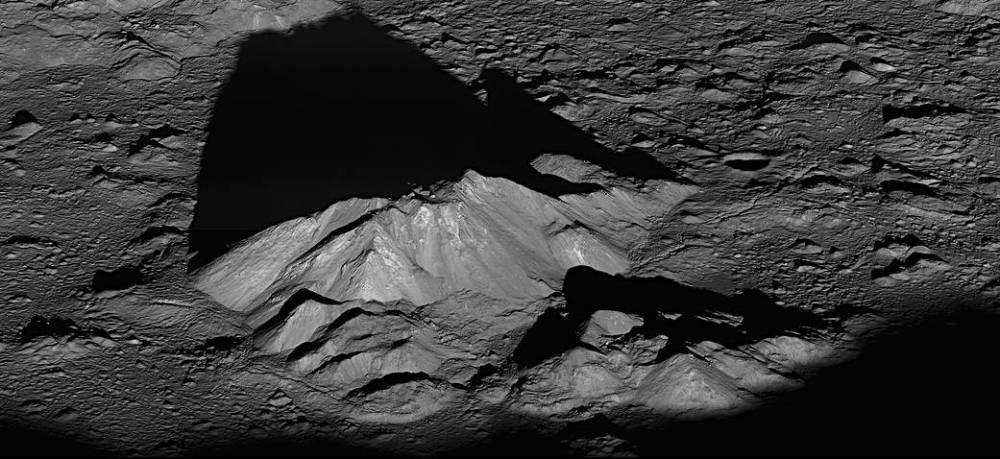
Text source: Wikipedia, Nasa
Sostieni anche tu Wikipedia
Google translate
